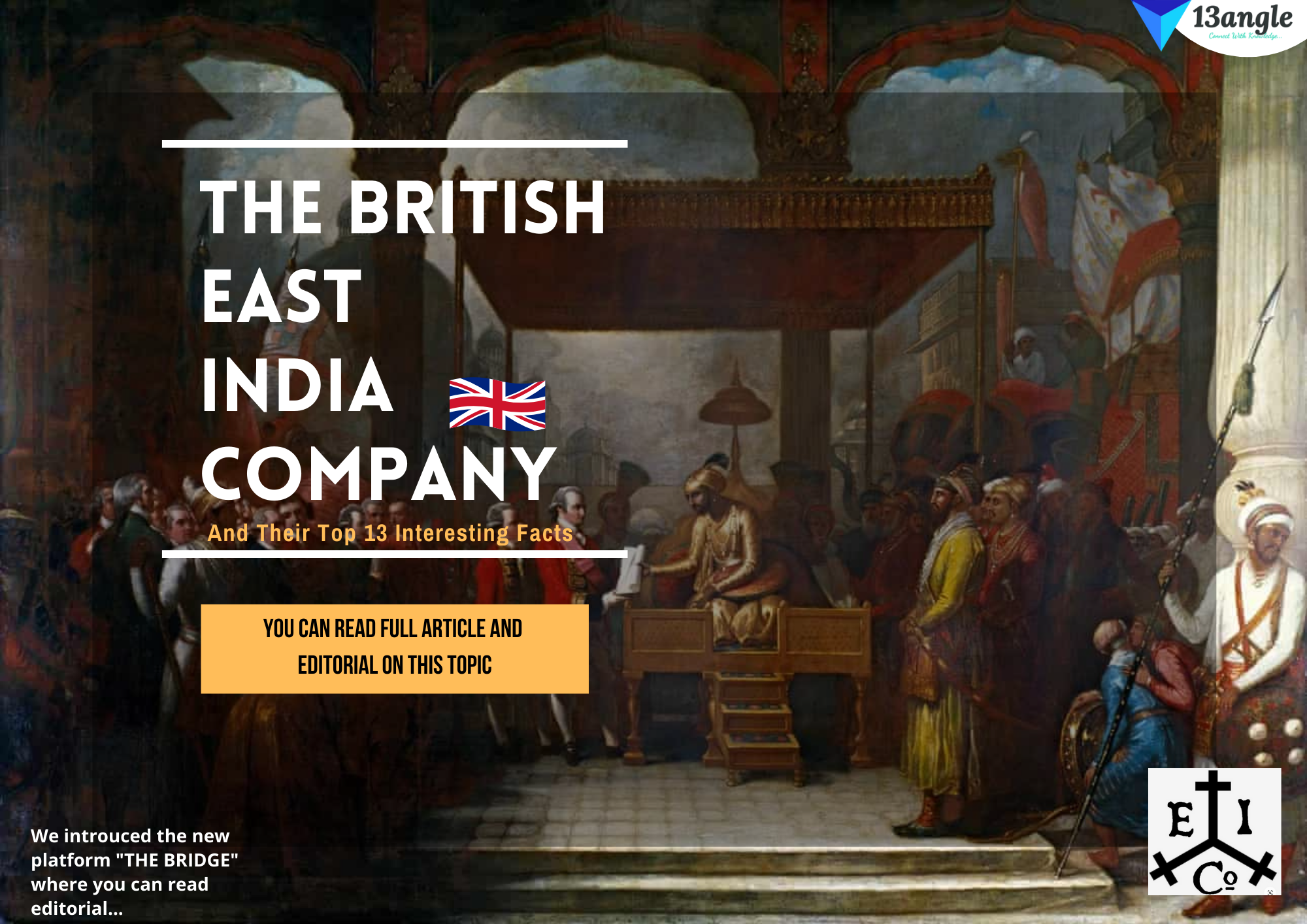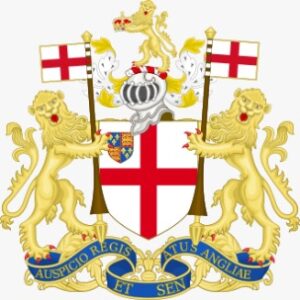- Umang Sagar
- History, Recent article
The British East India Company
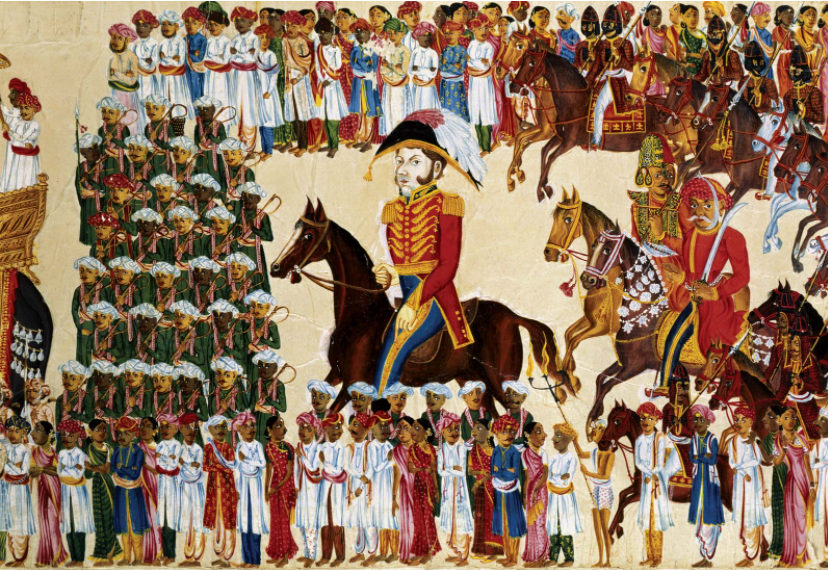
From trade to imperialism. The rise and fall of the East India Company tell stories of war, battles, heroes, enemies, pirates, slavery, torture, and death.
In the late 1500s, explorers pioneered European expeditions sailing east, focusing on the immeasurable opportunities of commerce. The Spanish and the Portuguese dominated the trading with the East Indies until the destruction of the Spanish Armada (1588) and the ruin of a large Portuguese merchant ship at the Battle of Flores (1592).
History had changed courses once again. By the end of the 16th century, the British and the Dutch lead the Far Eastern Trade. The Crown of England ambitioned to capitalize on these new trading routes, which were rapidly being appropriated by the Dutch.
On December 31st, 1600, Queen Elizabeth I approved a Royal Charter to over 200 merchants, granting them the right to venture in the trade of the East Indies. A small group of ambitious investors and businessmen established the East India Company(EIC).
The commercial body was a joint-stock company with the main objective of trading spices, in particular peppercorns. The first voyages proved to be extremely profitable for the shareholders. Masulipatnam on the Adhara Coast of the Bay of Bengal was the first Indian factory being founded in 1611, followed by the Surat factory in 1612.
The difficulty of maintaining a trade monopoly was increased after wars carrying monetary consequences, pirates sacking expensive cargo, competition bringing lower profit margins. The Indian Ocean frequently pictured reflexions of hostilities between the Company and the Dutch or Portuguese counterparts.
Pirates
Henry Avery is known for being involved in the slave trade, onboard the Fancy ship.
On September 9, 1695, the English-born pirate looted a Company vessel, the Gunsway, considered one of the most lucrative heists in the history of crime. The hulls on the merchant’s vessel contained astounding quantities of gold and silver, besides jewels, ivory, myrrh, saffron, and other goods.

The pirates found the exceeding treasures not enough. Avery commanded his crew to torture the Company’s officers so as to force them to disclose the location of secret reserves. Some of the English managed to escape in the longboat or by swimming. The destiny of the men left on board proved to be crueler, having been butchered.
But the pirates desired more than pillaging.
Cold-hearth pirates seed fortune, faith, and women. In horrendous violence, the outlaws sexually assaulted the female passengers for days. Many, returning from a pilgrimage to Mecca, killed themselves to save their honor.
- Some of those women are believed to be members of the court of India’s Mughal emperor Aurangzeb. The sovereign held the Company accountable for conspiring to attack. We cannot verify Henry Avery’s motives.
- In a village near Surat city, the British galleons defeated the Portuguese, marking the beginning of the ascension of the East India Company. The known Battle of Swally in 1612 led to a treaty that gives the Company exclusive rights to establish factories in Surat and surrounding areas, approved by Mughal Emperor Nur-ud-Sin Salim Jahangir.

The joint-stock model brought protection by the government, and the patronage of imperial Britain guaranteed the expansion of the Company’s commercial trading operations. Hiding in the form of marriage, Portugal ceded Bombay to England and saw it the State of India vanish. An opportunity for the Company to secure ports on the coast of China.
By 1647, the Company had 23 factories and trading posts all-round the subcontinent.

Moreover, the Company was forced to develop into new markets, impeded of competing with the more powerful Dutch East India Company (VOC) in the trade of spices.
The Dutch had control over the Spice Islands, where the goods of nutmeg and clove could only be found. The aggressive competitors expanded the monopoly of the spice trade in the Straits of Malacca, and the competition between the two Indian companies intensified. Between 1652 and 1784, four Anglo-Dutch wars were fought.
The Crown promoted a diplomatic mission to expand territorial land in mainland India. The strategy enabled England to maintain a trade monopoly of cotton and silk that helped increase demand, production, and profit. By the late 1700s and early 1800s, the Company dominated the world’s textile trade.
With great power comes great responsibility. The EIC was forced to organize an army to protect its economic interests. Indian populaces were recruited as troops and trained along European lines, with the initial purpose of the guard force.

With time, the army of Indian infantrymen known as sepoys developed into a private corporate armed force. The shift meant the Company being the most powerful military in the Indian subcontinent, implementing an instrument of geopolitical influence and expansion.
Based in three main stations in India and composed of three Presidency Armies – Madras, Bombay, and Bengal.
Massacres
- The prevalent British trading base in Calcutta was threatened by French interests. To protect the Company’s hegemony, the defenses of its main fort (Fort William) increased.

In 1756, as Newba’s soldiers entered the city and surrounded the army and civilians, the British were forced to surrender. The war prisoners were held in the fort’s “black hole”, a cramped dungeon measuring 5.4 meters by 4.2 meters.
Many died from suffocation and heat exhaustion, with temperatures hitting 40 degrees and in intensely humid air. British soldiers, sepoys, and even Indian civilians would beg for mercy, suffering overnight under the laughter of the captors.
Only 23 people survived.
The foreseeable conflict against French forces came to a start in 1756, to defeat the Parisian imperial ambitions. The Seven Years War won by Britain overthrew the French desire on Indian territories, thus finally expelling the rivals.
The sepoy army was put to test in the Battle of Plassey of 1757, which consolidated the British influence. The army led by Robert Clive defeated the insurgents, local soldiers commanded by Siraj ud-Daula under the wing of France. The Company seized control of Bengal and pushed the French colonial power out of South Asia.


The decisive encounter galvanized the administrative power of the Company over its territories, including extracting revenue through overtaxing any habitant. At first, only concerned with the welfare of the economic monopoly, the British institutionalized administration resulted in exacerbating rural poverty and famine.
The aggressive exploitation brought terror to the natives. The Company’s own army forced Indian states and principalities to subdue, enforced taxations, carried official looting, and protected the economic exploitation of Indian labor.

Slavery
A small hidden footnote in the commercial history of the Company happens to be the slave trade.
The notable British ships were used to transport large numbers of people: merchants, administrators, soldiers, sailors, adventurers, women, children, convicts. Also, slaves.
The British tolerance regarding the African trade with the enactment of laws to prevent European slave trafficking conflicted with the practice of such trade along the eastern coast. The EIC’s involvement in slave trafficking was largely confined to the Indian Ocean, rather than the Atlantic.
Famine, distress sales, perpetual oppression, abuses of unalienable rights, resisted during the discourse of the Company’s colonialism.
The 1600s and early 1700s strengthened the power of the East India Company. King Charles II had prorogued five acts which granted the rights to autonomous territorial acquisitions, to mint money, to command fortresses and troops and form alliances, to exercise both criminal and civil jurisdiction over the occupied territories…
To make peace and, more commonly, war.
The need to sustain the army and the economy during the war increased Indian commodities. Additionally, the great surplus of raw materials and the advent of the Industrial Revolution with efficient methods of production, brought a cycle of prosperity to Britain.
By the mid-1800s trading patterns changed – on account of two main reasons. The commercial policy of the English East India Company dramatically lowered the prices due to the production of garments in its own factories and increased the quantity on demand in Europe. The mass production of Indian textiles was a response to the fashion reach of an insatiable middle class.The standards of living had risen exponentially.
This tendency was accompanied by a growing desire of Chinese tea, a massive market potential. England had a vast trade deficit with China, due to the need of importing silver from European nations so it could exchange it for tea. At the time, gold standardwas thrust uponthe Crown.
The financially viability of tea trade was funded by the opium production in Indian territories. In 1773 the Company created a monopoly on heavily taxed opium bought in Bengal, given to private merchants to be sold in the Chinese territory.

- Despite breaking the Chinese law, the drug was still smuggled by traffickers and agency houses in such proportions that brought the money needed to buy tea. The Chinese could not afford such a trade balance drop, and in 1839 demanded that all opium stock would be handed to the Chinese government to be destructed.
The drastic trade balance decline led to the Opium Wars. Once again, the power of the Company was consolidated.
South Asia was dominated by the East India Company’s shareholders, who elected “merchant-statesmen” each year to dictate policy within its ground. A territory forcibly annexing other regions of the subcontinent and forging alliances with rulers of unconquered territories.
The opposition had started to grow as a result of the abuses of power, financial woes, and the expansion over the subcontinent subsisting during the 18th and 19th centuries.
The year was 1857, in May a mutiny of sepoys arose.
Heroes

A loud sound. A bomb blasted. British soldiers fell on the ground terrified.
From the cloud of dust, a woman emerged dressed as a warrior. It was Velu Nachiyar, Queen of Sivaganga estate.
- Known as Veeramangai (“brave woman”), Nachiyar was the first Indian queen to declare war against the East India Company after her husband was killed in battle against English soldiers.
The courageous figure assembled a powerful army and pursued an alliance with Hyder Ali, the Sultan and the ruler of Mysore. Kuyili, considered Nachiyar’s adopted daughter, was proclaimed commander-in-chief of the perseverant militia.
With this powerful support and her intelligence, Nachiyar succeeded in winning various coups. However, they faced great difficulties due to the advanced weapons of the enemies. Together, the two women, found where the British stored part of their arsenal.

The next step would be organizing a suicide mission. Kuyilivolunteered to blow up the English ammunitions. She poured oil all over herself and went inside the storage area. Then, by setting herself on fire, Kuyilidestroyed all of the British ammunition, leaving them vulnerable.
The selfless act made her be considered the first suicide bomber and the first woman martyr in Indian history.
Kuyili’s bravery and Nachiyar’sbrilliance are symbols of resistance against the Company.
An insurgence of rebels from different Indian territories led by national troops within the Company army, killedBritish soldiers, civilians, and Indians loyal to the EIC cause. The retaliation was equally bloody.
For more than a year, India saw atrocities committed by both sides. Practices of torture included forcing Muslims or Hindus to eat pork or beef, licking buildings with fresh blood of dead individuals, rape of women and children, public hanging. Horrors that should never be forgotten.
The Indian Rebellion led the Crown to seek control over the administrative and taxing powers, possessions, and armed forces of the Company, and abolish its existence. Nevertheless its legacy still prevails.
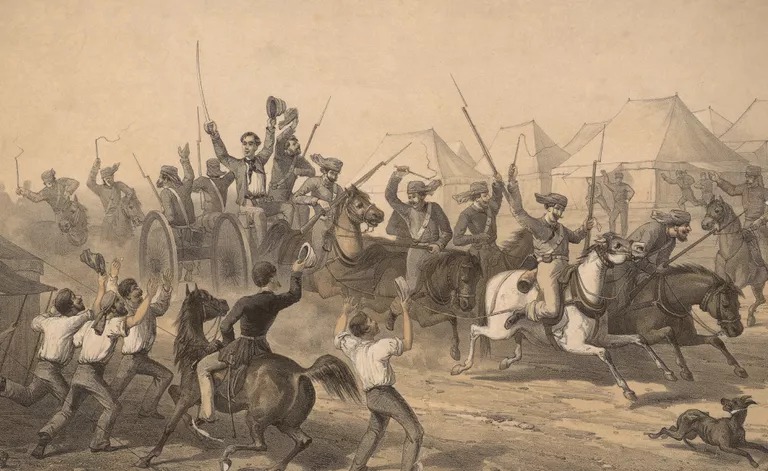
By 1857, the East India Company had a hunting repertoire: illegally having China addicted to opium to the international slave trade. It was the end of the two-century long Company, and the start of the British Raj – a period of direct English colonial rule over India until the independence in 1947.
But that is history for another time.
13 Facts About The Ruling Of The British East India Company
1. At first, Queen Elizabeth refused a Royal charter to support the ambition of merchants intending to venture into the East Indies. Despite not having the official approval of the Crown, the adventurers bought ships anyway.
2. The East India Company (EIC) adopts various names: Honourable East India Company(HEIC), East India Trading Company (EITC), the English East India Company, or the British East India Company. It is also informally known as John Company, Company Bahadur, or purely The Company.

3. The first East India Company voyage was aboard the Red Dragon, commanded by Sir James Lancaster. Scurvy claimed many victims, as did the unsanitary conditions. More than 100 out of 480 men had died by the time the fleet rounded the Cape of Good Hope in 1601.
4. The Company’s identity included:
- Motto –Auspicio Regis et Senatus Angliae, Latin for “By command of the King and Parliament of England”
- Flag

- Coat of Arms

5. Many of the ships in the East India Company flee were not actually owned by the enterprise. It rented them from private companies, many of which were based at Blackwall in East London.
6. The East India Company men who spend years overseas in service and managed to return home were nicknamed “nabobs”.
7. In 1635, an attempt to break the EIC monopoly in India was made. The Assada Company was created, and a year later collapsed. The main reasons for its failure were: troubled beginning with jealousy among merchants, bad management, ships lost at sea.
8. By the mid-1700s and early 1800s, the EIC was half of the global trade, particularly with the commerce of cotton, silk, indigo dye, sugar, salt, spices, saltpetre, tea, and opium.
9. The East India Company controlled its own army. By 1800, the army included more than 200,000 soldiers, which was twice the number of the British Army.
10. The Company was responsible for the Bengal Famine of 1770. Around 1.2 million deaths (1/5 of the population) were caused by the policies of the EIC to maximize its profits. The human cost of the Indian people came from the raise on taxation levels by 10%, with no famine relief programs and rice only being stored for company members.
11. The promotion of education among Indians was never recognized as a duty and obligation for the Company. In 1793, William Wilberforce came forward in defense of a system of public instruction, by proposing to add two clauses to the charter act for sending schoolmasters to the East. The clauses ended up being withdrawn by the council of directors.
12. Metropolitan Britain required educational organizations to disburse an educational grant. Therefore, in 1823, a General Committee of Public Instruction was constituted in Calcutta. The spending was oriented toward the teaching of Sanskrit and Arabic, and the translation of English works into both languages.
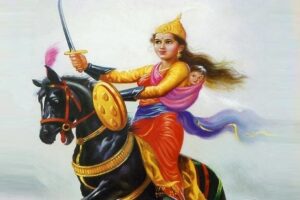
13. Jhansi Rani is considered a leading figure of the Indian Rebellion. She was a martyr for the cause and converted into a symbol of resistance of the British Raj for the Indian nationalists.



